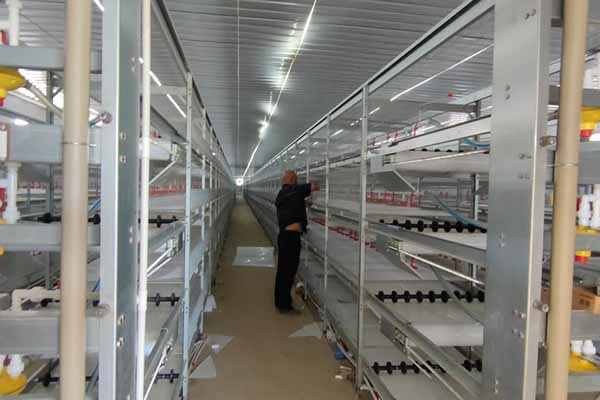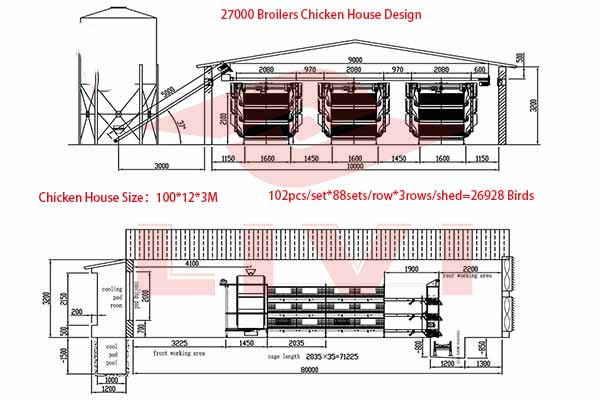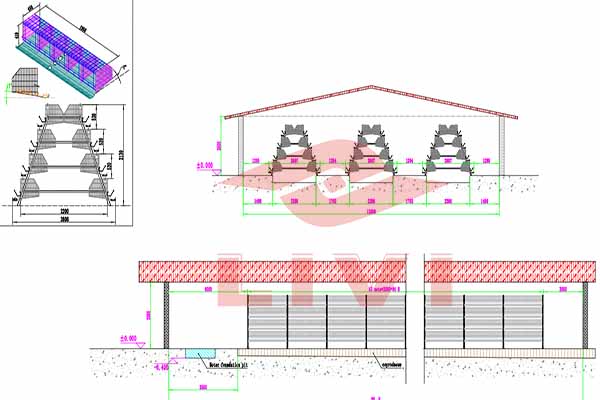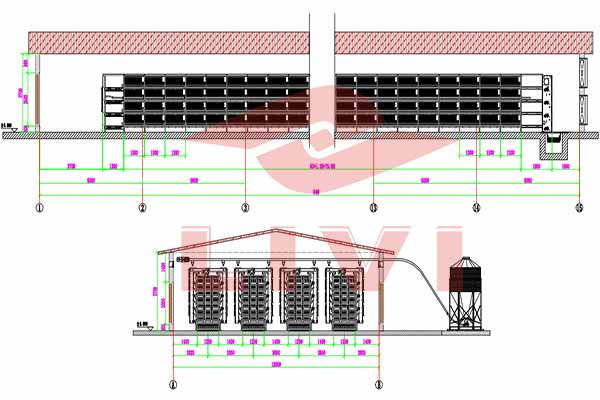Efficient Poultry Manure Removal System for 400,000 Chickens in Zambia
Improving the efficiency of poultry farming in Zambia is crucial, especially for large-scale operations handling up to 400,000 chickens. A well-implemented poultry manure removal system can significantly impact the farm’s cleanliness, hygiene, and overall profitability. This article delves into the essentials of a poultry manure removal system tailored for a 400,000 chicken setup in Zambia.
Understanding the Scope
The removal of manure from chicken farms is a task that demands attention. A farm with 400,000 chickens produces a substantial amount of manure, requiring a robust system to manage it effectively.
- Manure Volume: On average, a chicken produces around 0.5 kg of manure per day. Over a year, this amounts to 180 kg per chicken. For 400,000 chickens, that’s approximately 72,000,000 kg of manure.
- Space Consideration: Adequate space must be allocated for the storage and management of the collected manure.
- Environmental Impact: Proper disposal of manure is vital to prevent water and soil pollution.
Designing the System
For a 400,000 chicken farm, the following components should be considered in the poultry manure removal system:

- Sewage Collection Pits: Install multiple pits throughout the farm to collect the manure before it reaches the manure storage area. The pits should have sufficient capacity to hold at least a few days’ worth of manure.
- Conveyor Belts: Implement conveyor belts to transport the manure from the collection pits to the storage areas. This reduces the need for manual handling and labor.
- Composting Facilities: Set up on-site composting facilities to convert the manure into organic fertilizer. This reduces the environmental impact and adds value to the waste product.
- Manure Digesters: Consider installing manure digesters to break down the manure biologically, which can further reduce waste volume and convert it into biogas.
Cost and Return on Investment
The inst allation and maintenance of such a system can be costly, but the benefits can outweigh the initial investment. Here’s a breakdown of potential costs and returns:
allation and maintenance of such a system can be costly, but the benefits can outweigh the initial investment. Here’s a breakdown of potential costs and returns:
| Component | Estimated Cost (USD) | Estimated Return (USD) |
|---|---|---|
| Sewage Collection Pits | $50,000 | $30,000 |
| Conveyor Belts | $100,000 | $80,000 |
| Composting Facilities | $150,000 | $120,000 |
| Manure Digesters | $200,000 | $160,000 |
Total Estimated Cost: $400,000
Total Estimated Return: $360,000
Conclusion
Implementing an efficient poultry manure removal system for a 400,000 chicken farm in Zambia can bring significant benefits, both environmentally and financially. By considering the components outlined in this article, farm owners and investors can create a sustainable and profitable operation.
For more information and a free, detailed design plan, please leave a comment below or contact LIVI Machinery for a quote.





